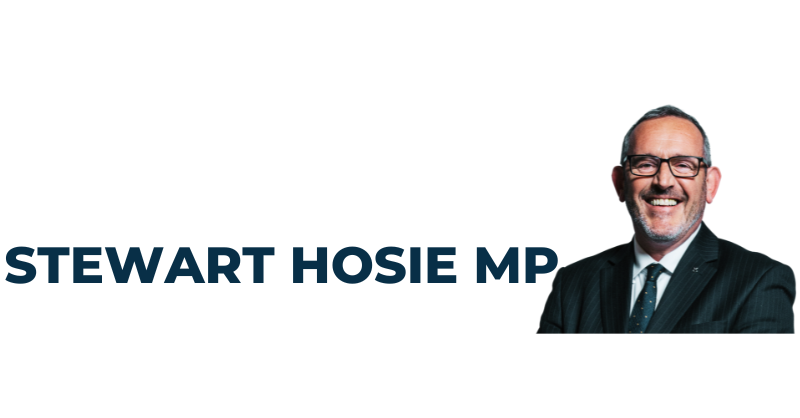
In the run up to the 2014 Independence Referendum, the Yes campaign was characterised by one thing – the absolute determination to answer every question – to provide as much information as possible to the people of Scotland.
And we did this in the face of the constant refrain from unionism that “there wasn’t enough information”. Even when detailed answers to every question were tripping of people’s lips, still we were asked for more.
We also tried to ensure that the answers we gave; the future shape of the Scottish State and policy for an Independent Scotland were – to the best of our ability – in the best interests of the people of Scotland and those in rUK.
No where was that clearer than in our proposals for a formal shared currency and our determination to service a negotiated share of the UK’s National Debt. Both plans designed to protect Sterling and stop the rUK falling victim to a technical default on it’s debt obligations.
In order to provide the clarity and detail people said they wanted, we drew, if not exclusively, certainly very heavily on the 2013, 670 page ‘Scotland’s Future’ White Paper.
But we need to recognise the way unionism behaved and campaign smarter this time.
The first thing to recognise is that no matter how detailed and precise our answers to the ‘difficult questions’ were, unionism continued to ask the same questions over and over again to try to give an impression that there were no answers – which was false.
Secondly, unionism acted in an irrational way.
Even though the 2014 currency proposal was self-evidently in the best interests of both countries, they said no, concocting weird justifications for this bizarre political decision.
Next time, whatever currency decision we determine is best for Scotland, it must not only be technically robust – it must be politically bomb-proof as well.
This means no Indyref2 policy area can be held hostage by a Westminster veto.
And thirdly, while we must of course answer every single question which the public put to us, we should make our fundamental case on principle not detail.
That is why the first few papers in the Scottish Government’s ‘Building a New Scotland’ series are first class.
The first paper, ‘Independence in the Modern World’, paints a picture of what Scotland could be through a comparison between the UK and comparable small and medium sized European counties. All of whom are wealthier, happier and fairer than the UK.
And the second paper, ‘Renewing Democracy Through Independence’, argues the principle that the people of Scotland have the right to choose how they should be governed – and nobody else.
This mix of democratic principle and a vivid picture what Scotland could be is hopeful, up-beat and takes Yes campaigners away from the miserable drudge of unionist ‘whitaboutery’ which characterised the 2014 referendum campaign.
And one final thought. We know how successful Scotland can be. Isn’t it time unionism was finally challenged – beyond Brexit – is this really as good as it gets?
